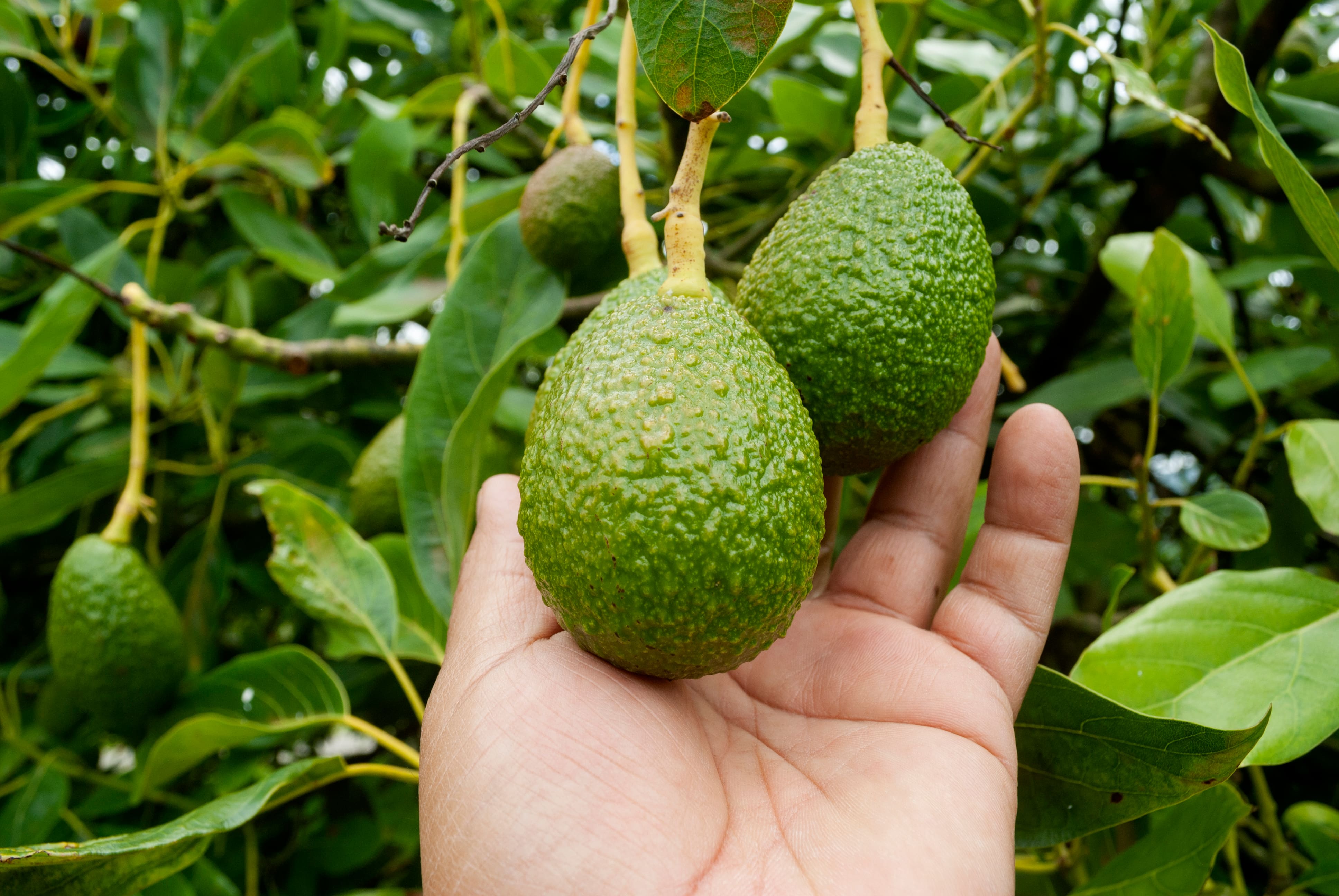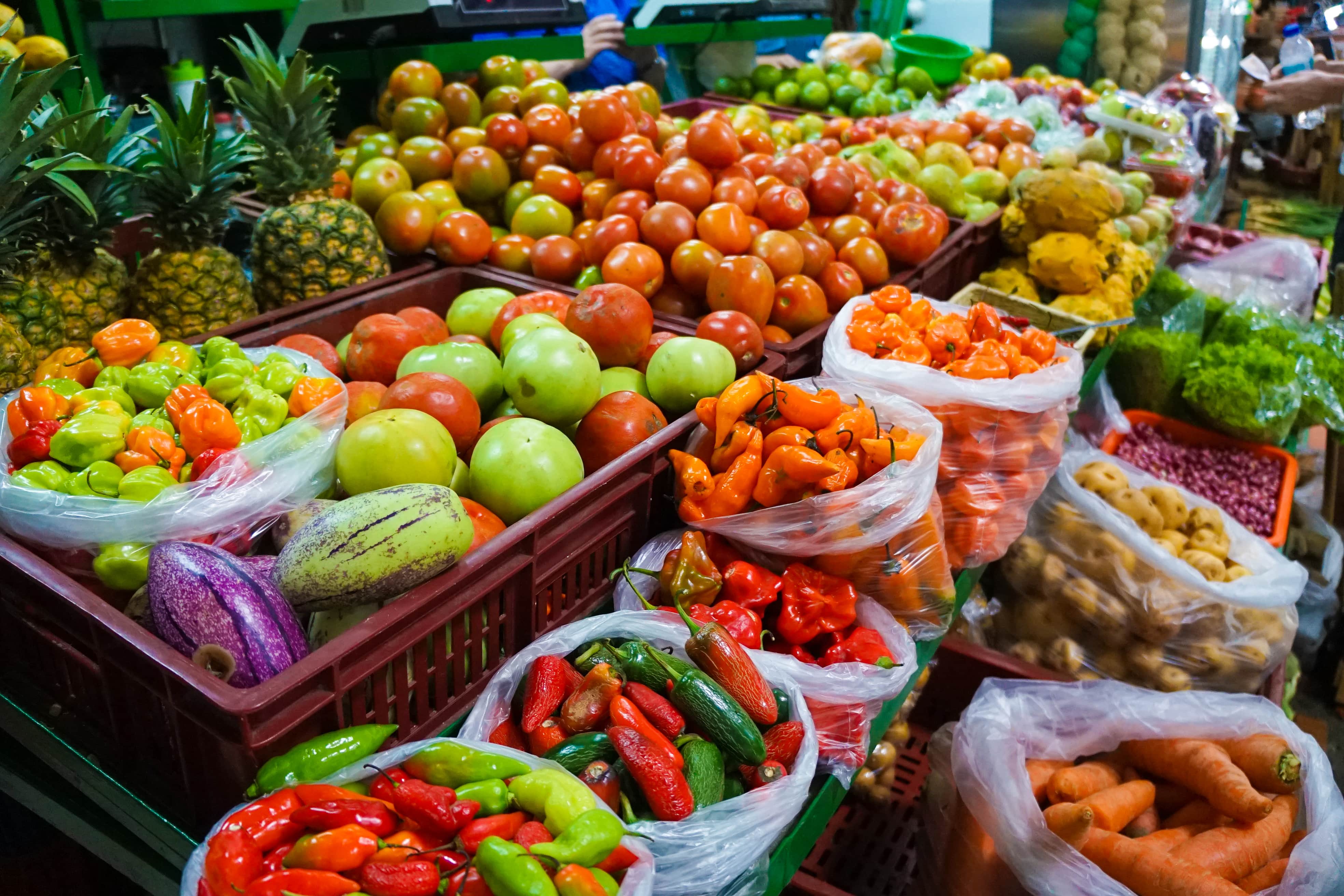COVID-19 Market Report - South/Latin America
Border Restrictions
Latin American countries will have no particular restrictions on the transportation of cargo. However, borders will be closed from March 15th and until as long as needed, for non-nationals in the following countries: Brazil (With the exception of Uruguay), Chile, and Peru.
Colombia has completely closed its borders for non-residents, residents, and nationals until May 30th. Additionally, all international passenger flights are canceled for 30 days as of March 23rd.
Similarly, Argentina has closed its borders like Colombia, with no definite date for reopening set. However, commerce can be transported in and out of the country with limitations.A national mandatory quarantine has been set to be effective until April 13th.
Mexico will be the sole country maintaining an open border for travel as well as cargo. However, this will not apply to the United States - the Mexican border has been closed for all entering the US for non-essential travels for 30 days as of March 21st.
Logistics
The biggest issue lies in port congestion and the lack of (refrigerated) containers. When China closed its borders for trade in January, containers piled up in major ports, and a shortage in personnel prevented containers from being unloaded and sanitized quickly.
As China resumes operations to its normal state, future problems lie ahead with the accumulation of goods at destination ports as Latin American countries start to quarantine.
In Argentina, the fishing and poultry industries are having difficulties exporting their products as containers are scarce. Additionally, buyers in countries affected by the coronavirus are canceling orders on a large scale. Due to limited staff, shipping companies have also been unresponsive, so exporters have been unable to get freight quotations, thus delaying shipments even further. In addition, only essential personnel who are involved in operational and security activities are also excluded from quarantine but must follow strict sanitary measures. Furthermore, most of Argentina’s domestic flights are suspended, and there is low availability of trucks to transport goods.

In Chile, Chinese traders have not been able to provide required documentation for containers to return to Chilean ports, delaying container shipments by as much as 5-12 days. Chile has made efforts to be more flexible, allowing digital documentation. Documentation standards have also become less strict in order to prevent further delays in imports and allow exporters to have more time to send additional information.
In Colombia, due to the lack of availability of containers, orders by sea are being canceled. Thus air freight demand is expected to increase. Similar to Chile, The Colombian Institute of Agriculture (ICA) will loosen regulations for importing goods to ensure adequate supplies of food imports. Required documentation for imports can be presented in a PDF copy instead of a physical copy until April 30th. Colombia has also designated specific areas within ports for personnel to load and unload cargo.
Mexico is facing difficulties in delivering products to shipping ports, such as mangos. In addition, very few logistics companies are offering their shipping services, and those that are are limiting the export volume. High demand for local fruits and vegetables from European, Middle Eastern, and Asian countries combined with the lack of operational logistics companies, has caused a 300% increase in airfreight fees.
In Peru, container prices are relatively stable, but some carriers are charging an extra USD 1,100 - 1,500 per container if it is headed to China. Logistics costs in shipping to Europe have increased as well. Sea freights to the Netherlands, for example, are normally around USD 1,000, but now are up to USD 1,300. Logistics operators are also at full capacity due to reduced staff. Peru’s National Agricultural Health Service (SENASA) has also requested exporters to notify them in advance as all exports are subject to inspections. There has been uncertainty with exports as clients have been unable to confirm whether they will be able to receive shipments. This has led exporters to redirect containers in transit to other customers at lower prices. While there currently is not a shortage of empty containers, scarcity is expected to become an issue from April to May for exporters, as the harvest season for fruits begins.
Regulations
Authorization and registration expiration dates have been extended until July 31, 2020, in Argentina for wholesale markets, logistics centers, commercial operators, and other related establishments.

Influences of Export & Import
Latin America’s main export is raw commodities such as soybean, which has seen a large impact as its largest importer for these commodities is China.
Cocoa bean prices are increasing in Colombia due to increased logistics costs, being traded at USD 4.20 per kg, compared to USD 3.80 per kg a couple of weeks prior. Pending orders for the beans are also being increasingly canceled.
Corn export prices in Brazil and Argentina were lowered due to the effects of the pandemic, and have also been affected by the decrease in prices of the oil worldwide since corn exports are manufactured into biofuels.
Coffee bean prices per bag (60kg) in March were at a low average price of USD 134.70 in Brazil. This is due to lower export volumes and revenue than the previous year, with a revenue decrease of nearly 13.2% compared to March 2019. However, due to the increased dollar and appreciation of arabica coffee beans in the New York Stock Exchange (NYSE), the Brazillian export market is expected to see an increase in prices.
Exports of fresh produce from Argentina has decreased due to a lack of flights flying out of the country, as exports are usually done through air freight.
Meat product prices are decreasing in Brazil due to canceled shipments to Europe, leading exporters to adjust their offering volume. In Argentina, prices have decreased for beef from the peak price in 2019 of USD 7,000 per ton to USD 4,500 per ton. Mexican beef exports to China have been halted as Chinese officials who were meant to inspect beef production plants have decided to delay their visit until further notice.
With sugar, Brazil’s export prices have decreased from low demand, as these were destined for the production of biofuels, specifically ethanol, which is getting increasingly harder to compete in the global market with the oil crash. Many mills are changing their main production from ethanol to sugar. However, Brazil is expecting a larger demand for sugar since Thailand and India produced lower volumes due to poor weather.

Soybean prices have dropped for both Brazil and Argentina. As of March 17th, the costs of soybeans in Argentina have fallen to USD 303.4 on the Chicago Board of Trade (CBOT). In Argentina, these price falls were attributed to the fact that oil prices have been low, but the harvest of soybeans has been plentiful. However, prices are expected to rise, especially in Brazil as China is in a huge shortage, and needs soybean meals for its pork producers. Recently, Brazil has been trading at USD 345 per metric ton in the CBOT. Soybean meal prices will also increase from the large Chinese demand, and the weakened Brazillian currency against the dollar has pushed farmers to export more.
Wheat export prices are increasing within Brazil and Argentina as staples such as bread and pasta are in high demand with American consumers.
Domestic Supply & Demand
Within Brazil and Peru, domestic supplies have been affected as local markets reduce their hours, and people are consumers stockpiling goods to prepare for lockdown. Especially in Brazil, prices of milk and dairy products have gone up due to increased consumer demand. Within Peru, there has been an increased demand for grains and processed/canned foods.
Corn prices in Brazil have been high in the domestic market due to the strengthened dollar, with prices of around USD 11.92 for one bag (60 kg). With decreases in supplies for grain due to large export volumes in 2019, as well as strong internal consumption, domestic prices are expected to increase.
Chicken, particularly frozen chicken in Brazil, dropped by approximately 7.39% to USD 0.88 per kg. Air-cooled chicken prices were also down by 6.97%, to USD 0.89. These trends were also reflected in the cuts in live chicken markets. A major factor in this decrease is due to local businesses and schools being shut down, but producers are yet to feel the impact of the price decreases as China’s demand for chicken is growing. On the other hand, chicken prices have increased in Colombia due to the devaluation of the Colombian Peso against the US dollar, leading imports of US corn for animal feed to become more expensive.
Chicken egg prices have soared in Mexico from stockpiling, with a 27% increase compared to the previous month, and is expected to increase further if distributors run out of stock.
Click this link to go to the main page of COVID-19 Reports



